Aluminum is a highly sought-after material for custom extrusions and shape profiles, thanks to its exceptional mechanical properties. Its lightweight nature, combined with high strength and corrosion resistance, makes aluminum an ideal choice for a wide range of applications. Whether it’s for architectural structures, automotive components, or industrial machinery, the versatility and formability of aluminum billets allow for the creation of precise and intricate designs. This article delves into the benefits and processes involved in crafting custom aluminum profiles, highlighting why aluminum remains a preferred material in various industries.
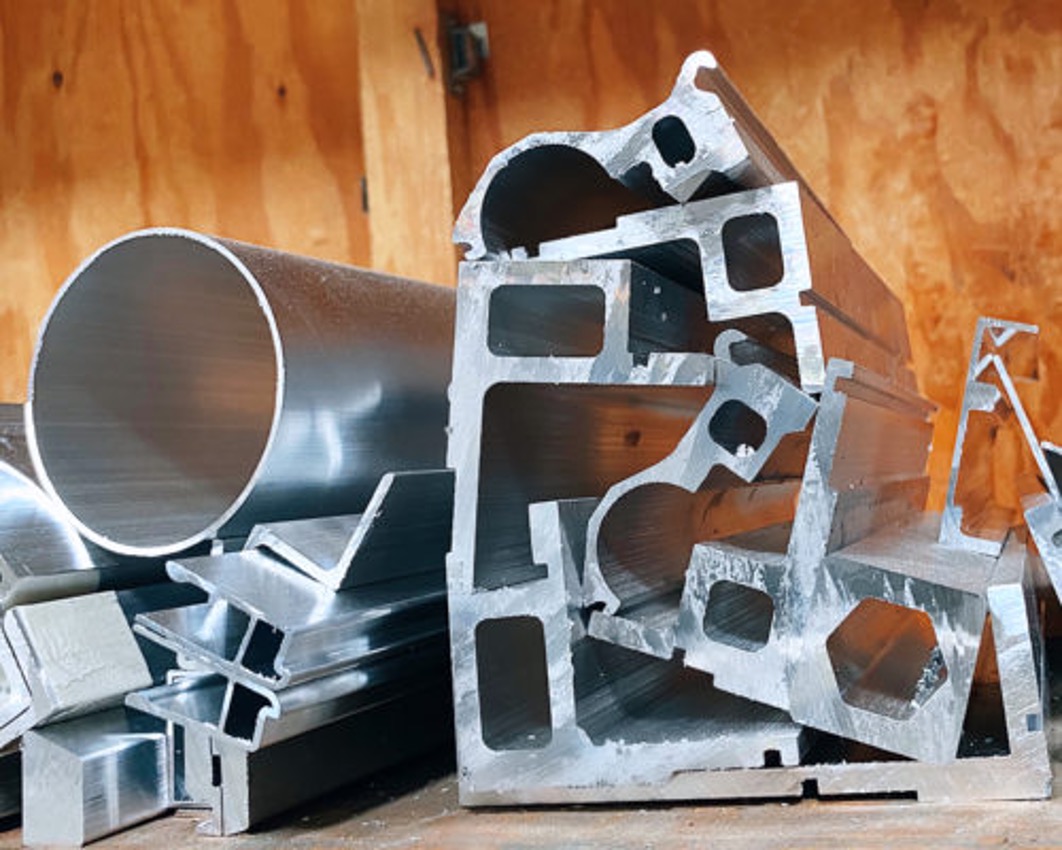
Custom aluminum profiles offer a range of advantages that make them a popular choice across various industries
Custom aluminum extrusion is a manufacturing process in which aluminum billets are extruded through molds with specific shapes to achieve the desired cross-sections. This process involves heating the aluminum billet to a sufficiently softened temperature, then applying high pressure through an extruder to force the material through the custom mold, forming the intended cross-sectional shape. Custom aluminum profile extrusion can produce aluminum profiles tailored to specific requirements, dimensions, or shapes, including tubular, angular, T-shaped, I-shaped, and more.
Custom aluminum profiles offer a range of advantages that make them a popular choice across various industries. Some of the key benefits include:
These advantages make custom aluminum profiles a preferred choice in industries such as construction, automotive, aerospace, electronics, and more.
A wide variety of intricate aluminum extrusion profile types can be created with varying thicknesses to suit specific end-use applications. These profiles can incorporate a range of complex void spaces, designed to facilitate various automation needs and meet performance weight requirements.
The hollow beam profile is among the most commonly used types of aluminum profiles, a variation of the square profile. Other profile types include triangular, single radius, and L-shaped profiles, each offering unique benefits for different applications. The versatility in design allows for customized solutions to meet diverse functional and aesthetic requirements.
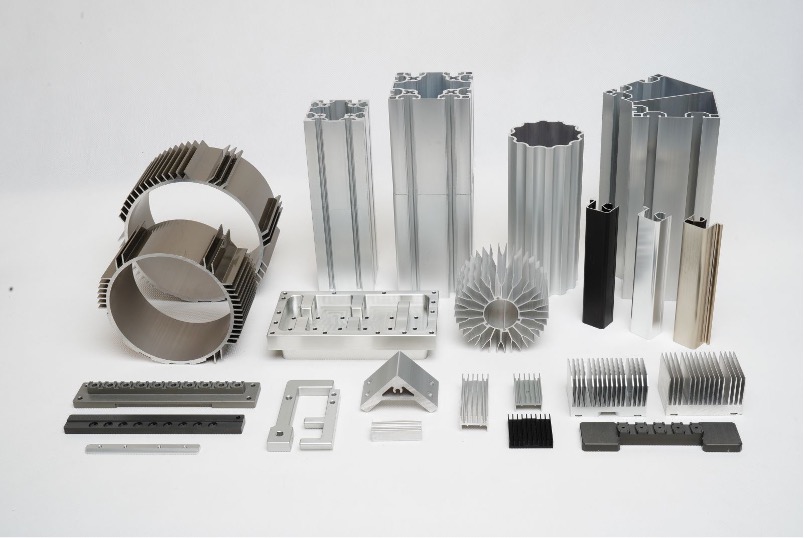
The hollow beam profile is among the most commonly used types of aluminum profiles
As a byproduct of the extrusion process, small, barely visible lines can sometimes appear on the surfaces of aluminum profiles due to the extrusion tooling. To remove these lines and enhance the surface finish, additional surface treatments can be specified. Secondary surface processing operations, such as face milling, can be performed after the main extrusion process to improve the profile’s surface geometry and reduce overall surface roughness.
These treatments are often specified for applications that require precise positioning of parts or where tightly controlled mating surfaces are essential. Surface treatments can also provide additional benefits, such as increased corrosion resistance, improved hardness, or added electrical insulation to the extrusions.
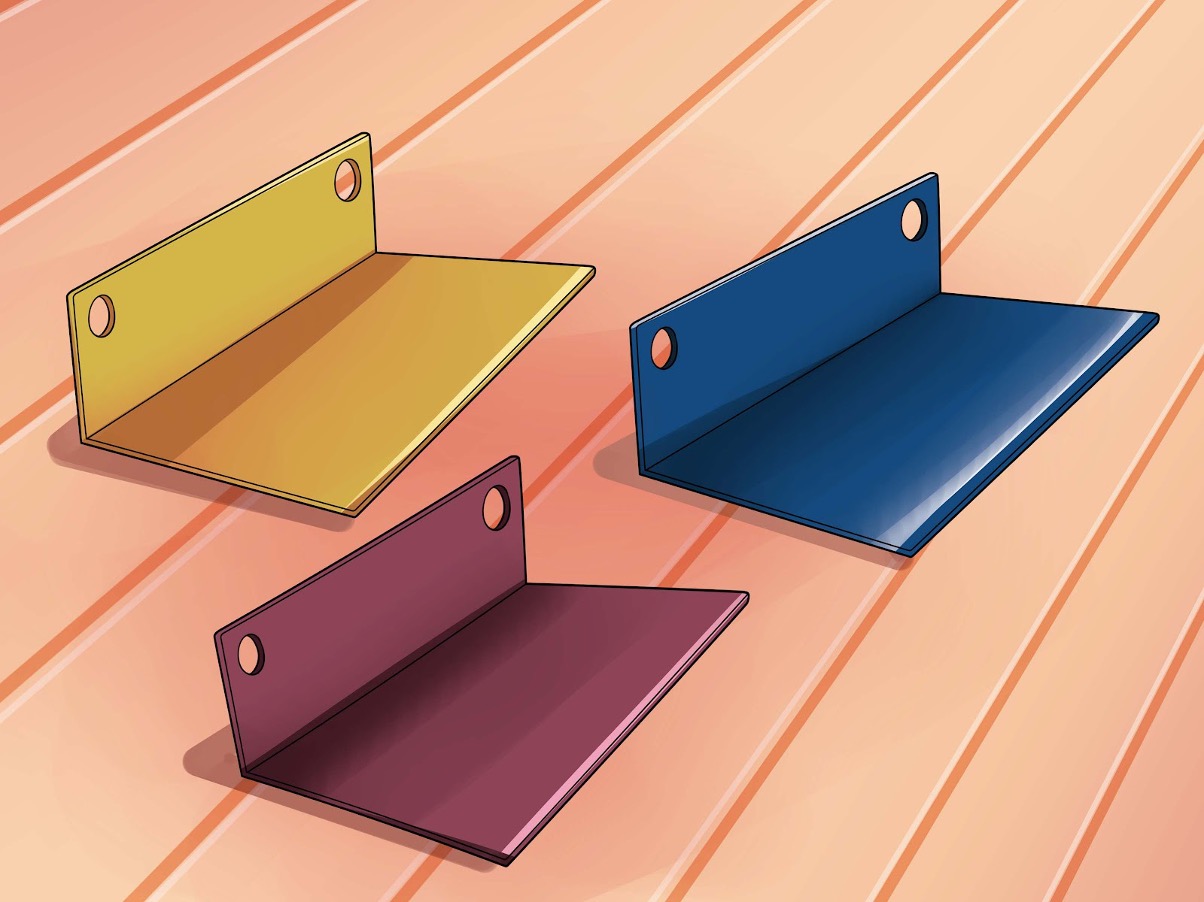
There are several types of surface treatments and finishes available for custom aluminum profiles
Aluminum profiles are extensively utilized in industrial automation applications, including automated motion systems on process lines and in various manufacturing industries. Their strength, combined with their lightweight nature, allows them to be easily handled and configured into different structures required by automation setups.
Beyond traditional automation applications, structural grade aluminum extrusions are increasingly specified for weight reduction efforts. They are being employed as frames in consumer products like automobiles and LEED-certified building projects. As advanced aluminum alloys and surface coating techniques are developed, the applications of aluminum profiles continue to expand into new areas.
Custom aluminum tubing is available in various aluminum alloys, including 1050, 1070, 3103, and 6060. These tubes come in both round and square formats, offering different diameter, thickness, and weight parameters. Extremely thin profiles are also available to meet specific requirements.
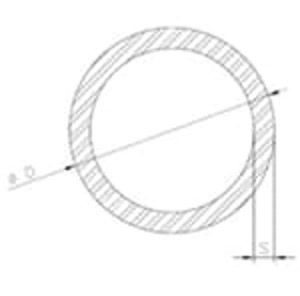
Custom aluminum bars, available in alloys like 1050 and 1070, are offered in a variety of configurations, including flat, round, square, and semi-circular shapes. These bars offer different base, height, radius, and weight parameters to choose from among the feasible options. Additionally, they can feature either rounded or sharp edges to meet specific design and application requirements.
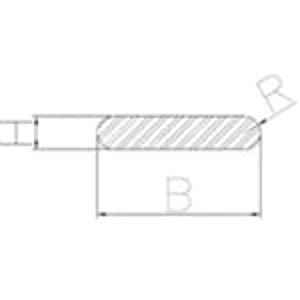
Custom aluminum E-H-U sections, including double duct and channel profiles, are available in various shapes and sizes using aluminum alloys such as 1050, 1070, 3103, and 6060. These aluminum ducts are versatile and widely used across different sectors. Special shapes can also be designed upon request to meet specific application needs.
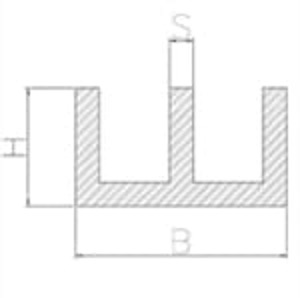
Custom aluminum T-tracks, made from various aluminum alloys such as 1050, 1070, 3103, and 6060, are available in a wide range of sizes and tolerances. These T-tracks can be customized with special dimensional tolerances and mechanical characteristics to meet specific requirements, providing versatile solutions for numerous applications.
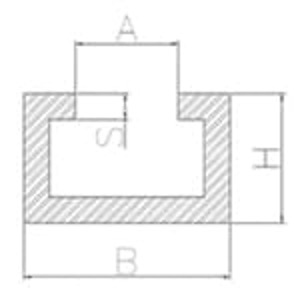
Manufacturing handrail profiles is a sophisticated process within the aluminum extrusion industry. Profall offers a range of standard models that can be customized to create extrusions with both functional qualities and aesthetic appeal. These custom handrail profiles are tailored to meet the stringent requirements of clients in the furnishing industry, ensuring both safety and design excellence.
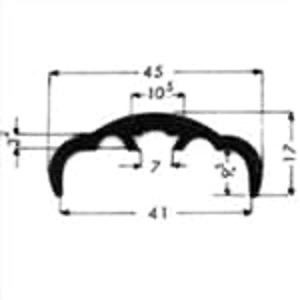
We offer special extrusions tailored to your unique design parameters, providing extensive customization possibilities. Our offerings include curve profiles, borders, drainers, glazing extrusions, trim profiles, picture frames, handles, transition stripes, and more. Whatever your specific needs, our wide selection ensures we can meet the diverse requirements of our customers effectively.

When customizing aluminum profiles, selecting the appropriate alloy is crucial. While numerous aluminum alloys offer various physical properties, it’s essential to consider their extrudability. Options for popular aluminum extrusion alloys can enhance extrusion characteristics, reduce defects, and lower production costs.
Although these alloys may exhibit lower strength, hardness, or wear resistance compared to alternatives, post-extrusion heat treatments and tempering can be employed to fine-tune the aluminum’s properties. This approach ensures optimal manufacturing ease and enhances durability as needed for specific applications.
Enhancing the performance of custom extruded aluminum products can be achieved by selecting the most suitable surface finish. There are various types of aluminum finishes available, each offering distinct advantages.
Applying surface finishes can greatly enhance both the durability and visual appeal of your custom extrusions. For instance, anodizing aluminum extrusions enhances corrosion and wear resistance while offering the flexibility to dye the aluminum in a range of metallic colors. This dual benefit makes it a popular choice for achieving both functional and aesthetic goals in customized aluminum profiles.
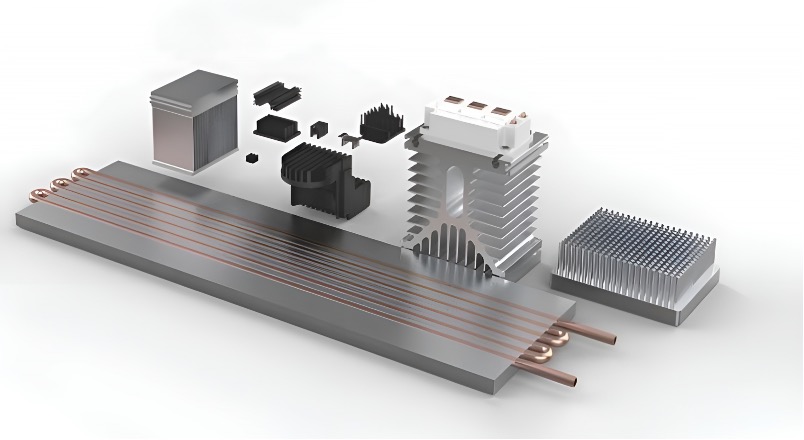
Understand the Costs of Aluminum Extrusion Profiles is Important
To ensure project success, it’s crucial to grasp the factors influencing the cost of custom aluminum extrusions. Several critical factors have a significant impact on production costs:
Understanding these factors empowers informed decision-making, ensuring optimal value and cost-effectiveness in custom aluminum extrusion projects.
Integrating joints into your custom extrusion design can offer significant advantages. When a single aluminum profile is too large, asymmetric, or complex, joining multiple extrusions together can simplify manufacturing and reduce costs.
Extrusion joining methods not only enhance product modularity but also increase customization possibilities during use and facilitate easier installation. Specialized hinge joints, for instance, provide limited rotation at the joint, enhancing assembly flexibility.
Understanding various extrusion joining techniques is valuable for optimizing the versatility of your custom aluminum extrusion profiles. Selecting the appropriate joining method can also contribute to cost savings in manufacturing processes.
Achieving efficient manufacturing processes offers clear benefits: reduced production costs and enhanced product quality. To capitalize on these advantages, optimizing your design is essential.
Several strategies can streamline the aluminum extrusion process:
By implementing these strategies, you can enhance the efficiency of aluminum extrusion manufacturing, achieving cost-effectiveness and superior product outcomes.
Custom aluminum profiles are essential for building automation applications due to their versatility and structural advantages. Whether optimizing manufacturing efficiency, customizing alloys for durability, or exploring innovative joining methods, custom aluminum profiles offer tailored solutions to meet diverse automation needs. With a variety of profiles available, each designed for specific applications, aluminum remains pivotal in modern industrial automation, ensuring adaptability and high performance in various sectors.
EXPLORE MORE
Address
Website: https://stavianmetal.com
Email: info@stavianmetal.com
